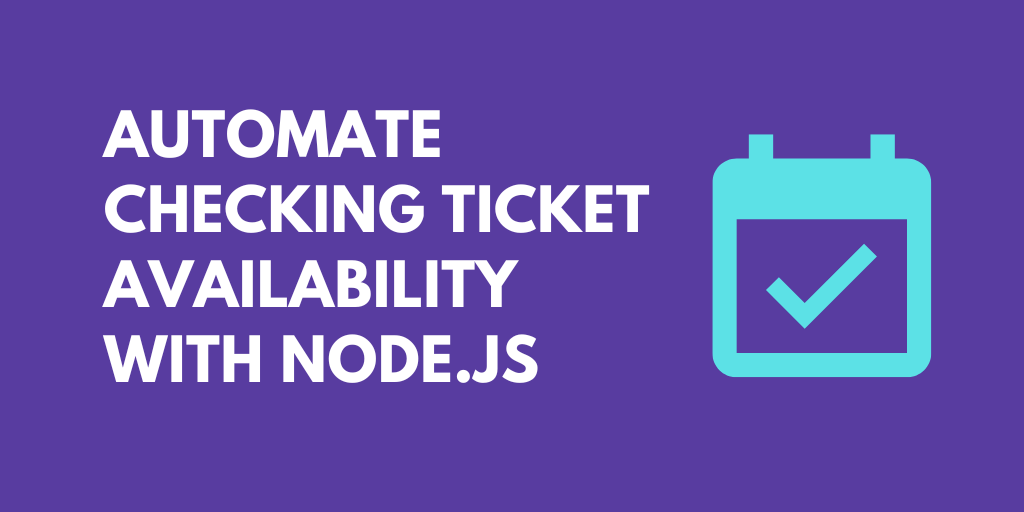What do you want to automate
with DigitalOcean and Node?
Prompt, edit and deploy AI agents that connect to DigitalOcean, Node and 3,000+ other apps in seconds.
Trusted by 1,000,000+ developers from startups to Fortune 500 companies
Popular DigitalOcean and Node Actions#
Overview of DigitalOcean#
The Digital Ocean API provides programmatic access to manage Digital Ocean resources such as Droplets, Spaces, and Databases. With Pipedream, you can harness this API to automate a variety of tasks, like spinning up new servers, scaling resources, or integrating cloud infrastructure management into your workflow. It's a powerful tool for DevOps automation, allowing for the dynamic management of infrastructure in response to events or schedules.
Connect DigitalOcean#
import { axios } from "@pipedream/platform"
export default defineComponent({
props: {
digital_ocean: {
type: "app",
app: "digital_ocean",
}
},
async run({steps, $}) {
return await axios($, {
url: `https://api.digitalocean.com/v2/account`,
headers: {
Authorization: `Bearer ${this.digital_ocean.$auth.oauth_access_token}`,
},
})
},
})
Overview of Node#
Develop, run and deploy your Node.js code in Pipedream workflows, using it between no-code steps, with connected accounts, or integrate Data Stores and File Stores
This includes installing NPM packages, within your code without having to manage a package.json file or running npm install.
Below is an example of installing the axios package in a Pipedream Node.js code step. Pipedream imports the axios package, performs the API request, and shares the response with subsequent workflow steps:
Connect Node#
// To use previous step data, pass the `steps` object to the run() function
export default defineComponent({
async run({ steps, $ }) {
// Return data to use it in future steps
return steps.trigger.event
},
})Community Posts#
